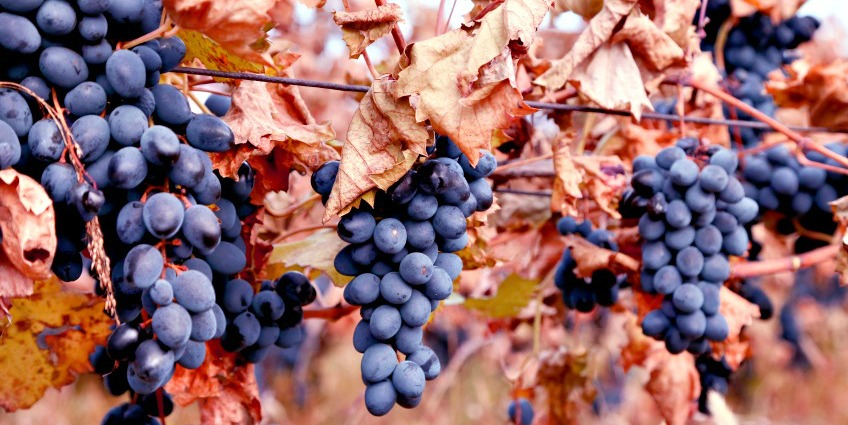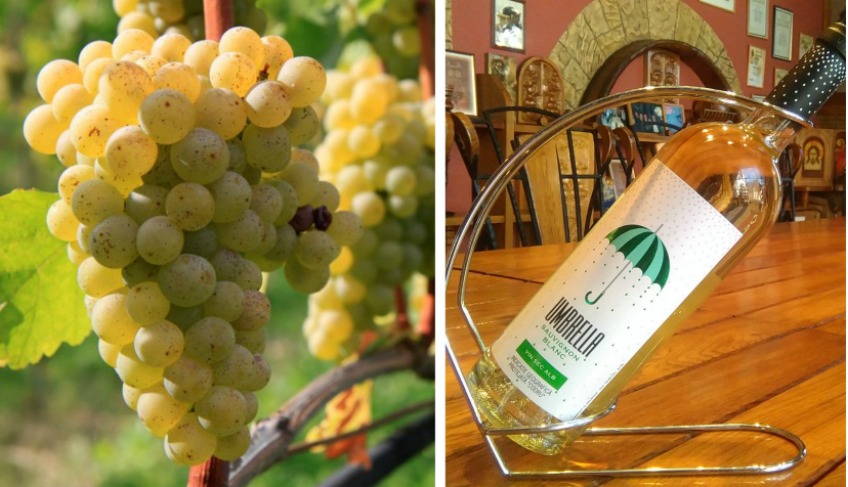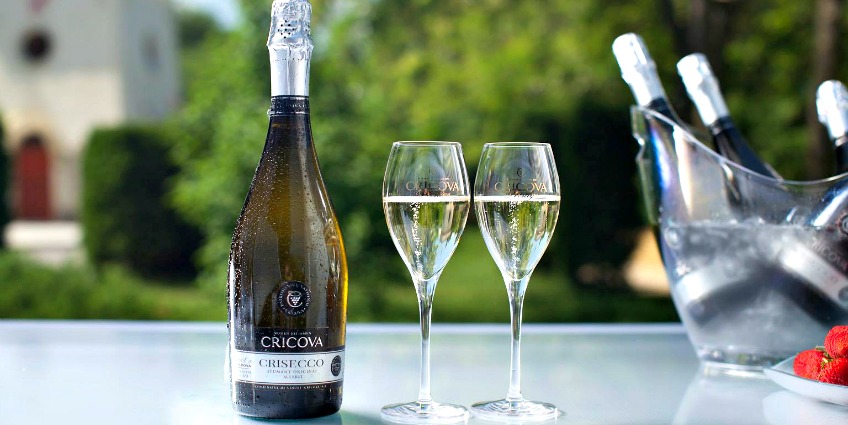The local black grape varieties of Moldova

Moldova also has a fascinating mosaic of truly local grapes which are gaining more and more attention. Many of these date back to the time of the principality of Moldavia, or even earlier, and so are shared with today’s Romania. In a world that is sometimes bored of the big-name grapes, local varieties can add a real sense of regional identity as well as being exciting in their own right. Moldova’s most famous is Rară Neagră, aka Băbească Neagră in Romania which means ‘black grandmother’s grape’. In Romania it rarely gets much attention as it is tricky to grow well, but it seems to reach its best potential in Moldova – no one quite knows why, whether it’s the variant grown here or something about the climate. Its most famous role is as the spice in the legendary Negru de Purcari blend (where it makes up 5% along with 70% Cabernet Sauvignon and 25% Saperavi). It also appears in other blends like Et Cetera’s Cuvée Rouge, Equinox 5 Elemente, Fautor Fete Negre and Minos Terrios Roșu Împărat. Occasionally you can taste it on its own – delicately spicy, strawberry toned wines with supple tannins (look for Purcari, Timbrus, Cricova).
Fetească Neagră (the black maiden grape) is also of ancient origin and probably arose somewhere in this region. It had virtually disappeared in Moldova but is reappearing as growers have realised its potential for exciting reds. Saperavi may be better known as a Georgian grape, but whether it’s due to the selection that arrived in Moldova or something about Moldova’s climate and soils, this is great that is truly exciting grown here. Gitana, Novak, Et Cetera, Gogu and Carpe Diem all use it to great effect alone or in blends. Another red rarity is the intriguingly named Bastardo de Magarach. A Ukrainian crossing, it appears in Purcari’s Freedom Blend – wine politics in a bottle as it represents three countries who have stood up to Russia with Georgia’s Saperavi, Ukrainian Bastardo, and Moldova’s Rară Neagră.

